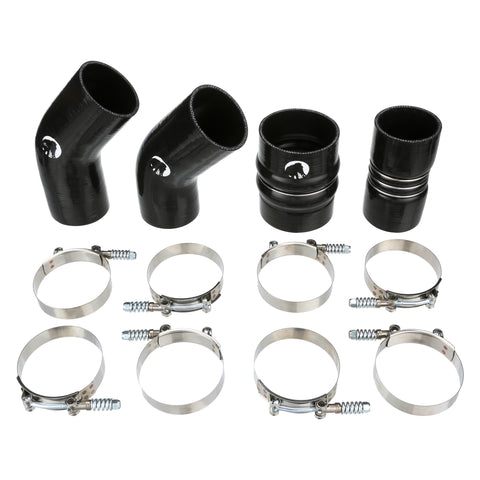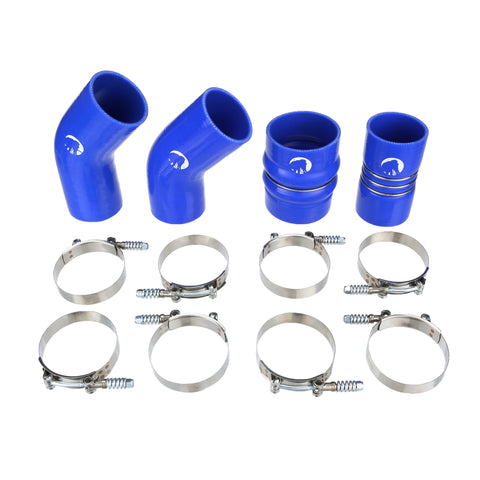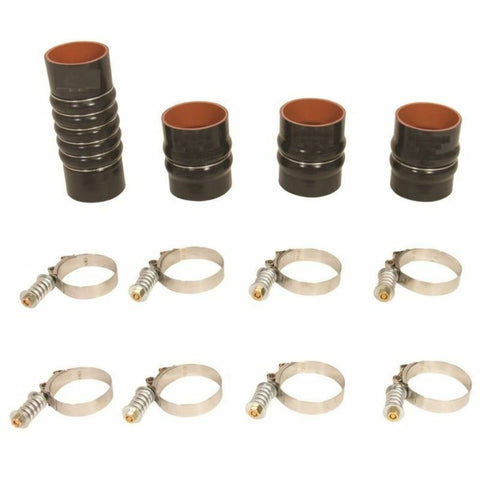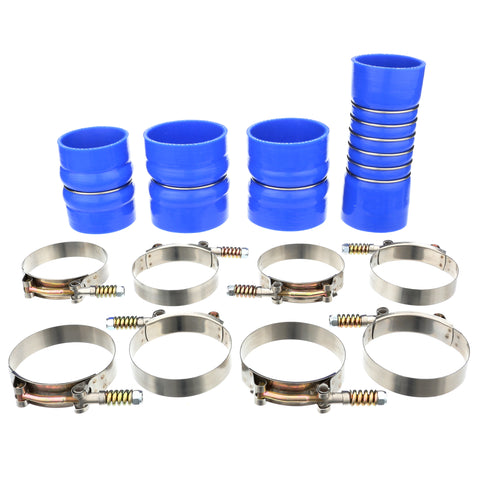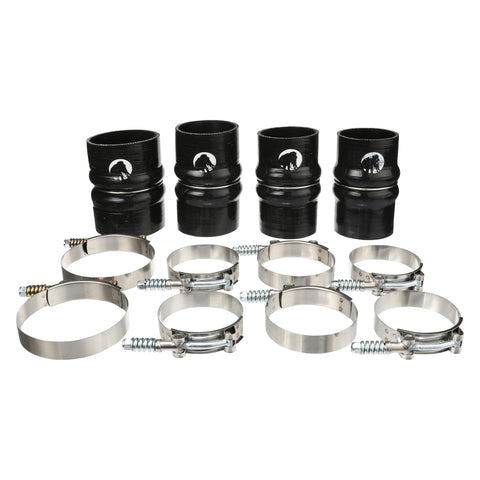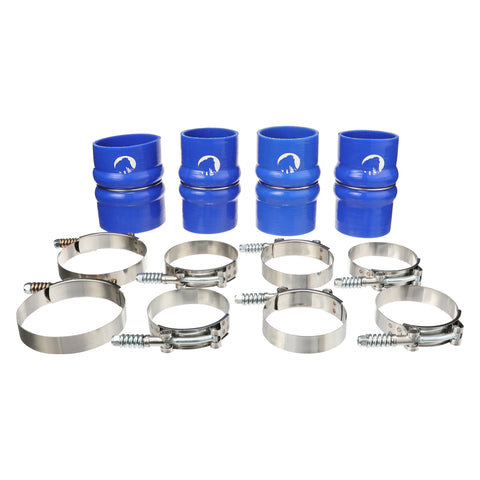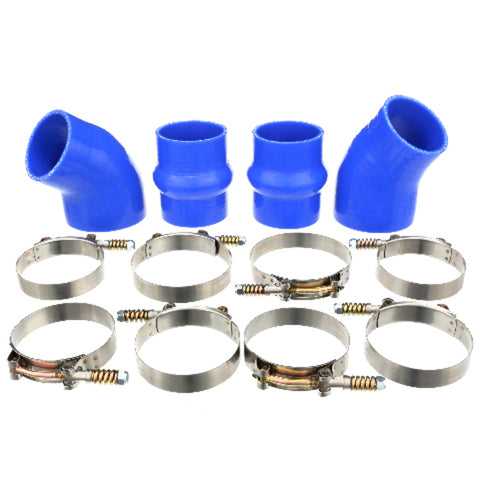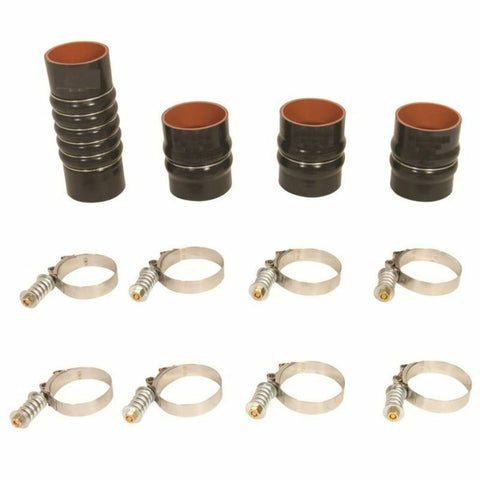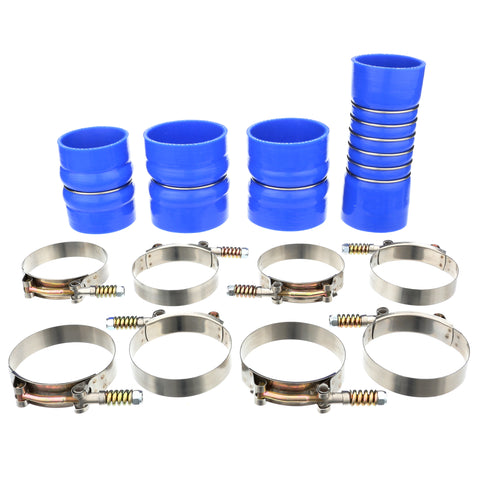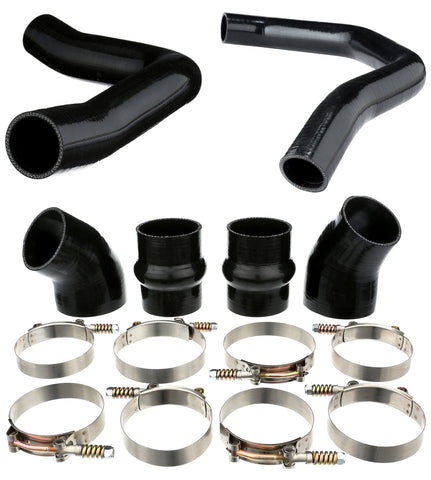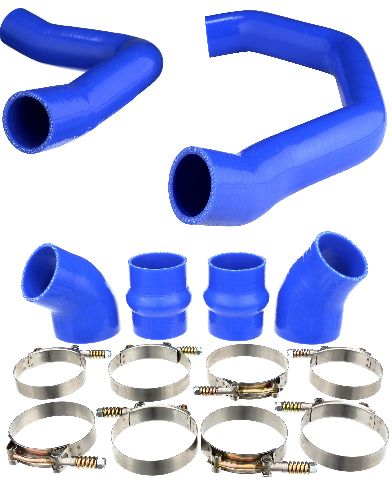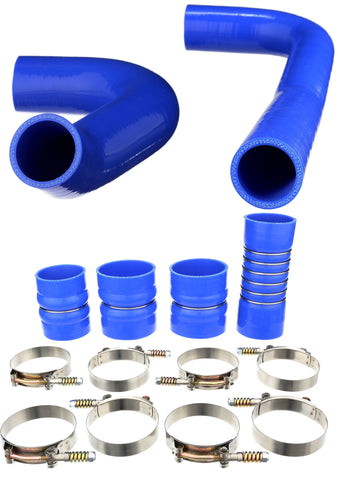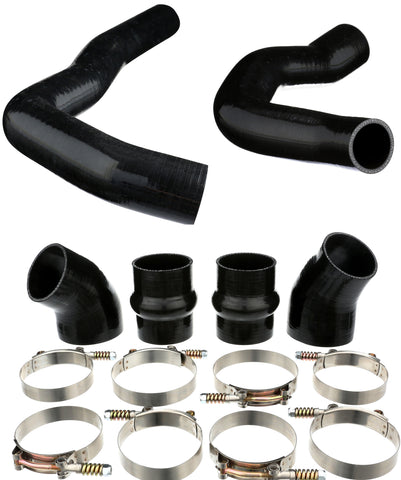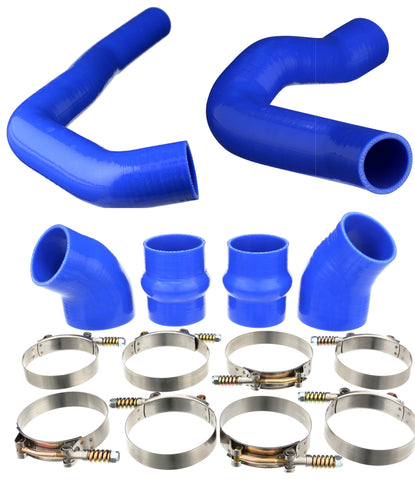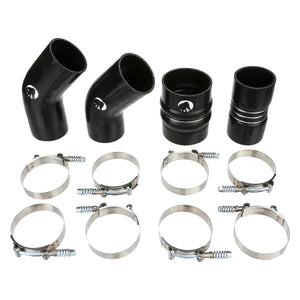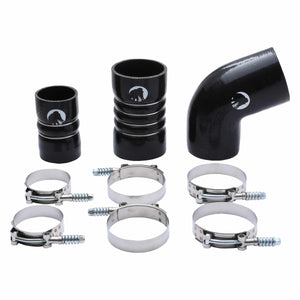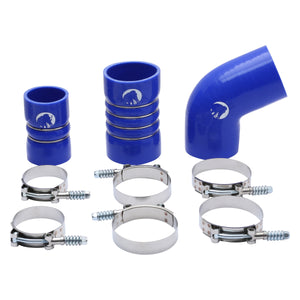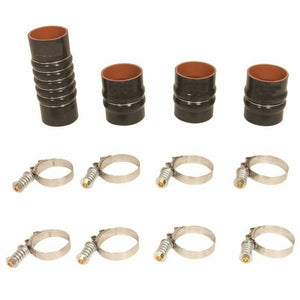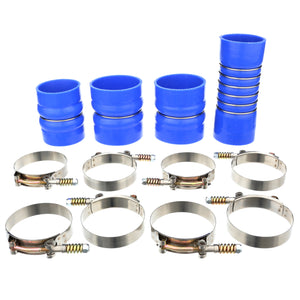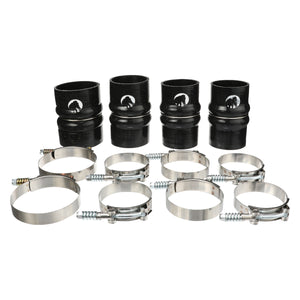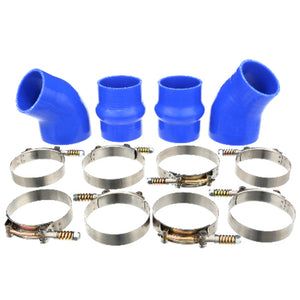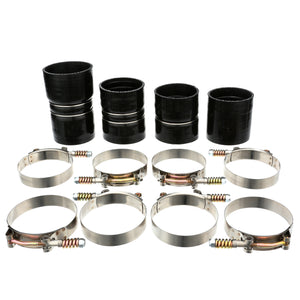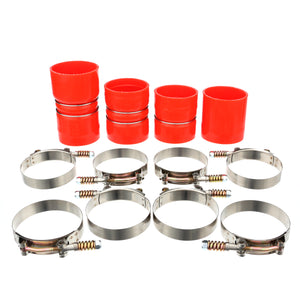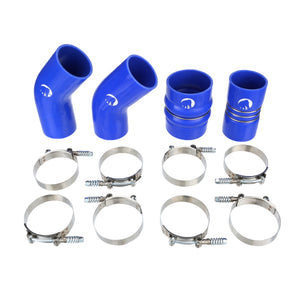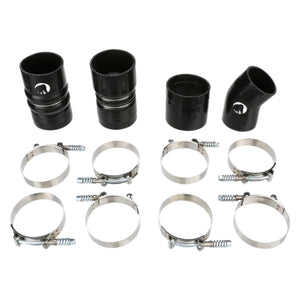Leaking Radiator Hose: A Comprehensive Guide to Coolant Hose Leaks
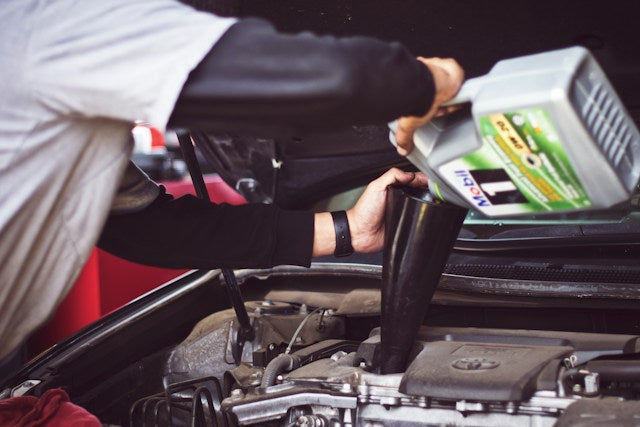
Table Of Contents
A radiator hose plays a crucial role in a car’s optimal performance. Without it, your car might not function well. This simple-looking tube works in conjunction with other elements in your car. Any damage to it can wreak havoc, especially if it has a leakage.
Radiator leakage is among the most common and notorious problems car owners experience. When it happens, you are most likely to incur a lot of costly unforeseen expenses. It could be engine damage, overheating, and worse, your car stops working. All because of a leakage! This guide explains everything you need to know about radiator leakages. From what it is, causes, signs and symptoms, and how to fix this problem. Keep reading this article to find out more about how you can handle coolant hose leaks.
How Do You Know if a Coolant Hose is Leaking?
Identifying a leaking coolant hose is a simple process. It may not even require an expert to do it for you. It is a simple process that requires you to follow these simple and practical tips:
Low Coolant Levels
If you notice you are constantly refilling your coolant more than usual, it could be a result of a leakage. Look out for sudden drops coolant levels and visible wetness around the engine area or beneath your car.
Overheating
You will notice that your engine is unusually hot. Also, it gets hot way quicker than it is supposed to. When engine coolants leak, they fail to do their work, which is to regulate temperatures. This loss can cause excessive heating therefore, monitor the engine’s temperature.
Dashboard Temperature is Red
Due to excessive heat, the dashboard temperature gauge will lean more towards the red side. Under normal circumstances, it should be at a rather narrow range.
Dashboard Warning Light Up
Your coolant hose leaking is worse if the temperature icon on the dashboard lights up. However, don't wait until it lights up because it only does so when issues get worse. Instead, focus on the temperature gauge. It is more reliable and can help you sort things out beforehand.
White Exhaust Smoke
When the exhaust pipe releases an unusual white smoke, your coolant and fuel could be are burning. Smoke from a leaked coolant that is being burned is also very thick.
Coolant Paddles on the Ground
Look underneath your car. If you notice wet puddles (orange, green, yellow, or pink) on the ground, your coolant hose is probably leaking. To detect these puddles easily, wait until you park your car overnight, then check in the morning. And to make it even easier, place a huge piece of bright paper or cloth under the car.
Steam Emerging from the Hood
Though other factors such as rain and engine heat from the engine can cause steam, pay attention to the cause. Due to excessive heat, the radiator hose overheats and produces steam.
Coolant Drips on the Engine Compartment
You will see small drops and stains of coolant on the area around the engine and the hose. Apart from visible wetness, touch the hose pipe to feel if it is moist. Moisture could be a sign of a slow leak.
Visible Damage
Check for visible signs such as cracks, bumps, loose clamps, kinks, and softness or a spongy feel and puddles of coolant.
Pressure Test
A pressure test means squeezing the coolant hose firmly. If it seeps out coolant, that's an indicator of slow leakage. This may occur if the internal or external parts of the hose are damaged and have become soft.
Common Causes of Coolant Hose Leakage
There are many reasons why a coolant hose starts leaking. Some are inevitable, while others can be prevented. They include:
- Using inappropriate coolant mix ratios or the wrong coolant.
- Excessive heat in the engine compartment which damages radiator hoses.
- Electrochemical degradation that cause electrical charge to flow through the coolant, damaging it.
- Wrong installation that leaves loose ends especially on the connectors.
- Kinks and cracks.
How to Fix a Leaking Radiator Hose
Fixing a leaking radiator hose depends on its level of damage and where the leak is coming from. If the damage is minimal, you can repair it. However, if it is extreme, you may need to replace it with a new one.
Tighten the Clamps
Inspect the radiator hose to determine whether the source of the leak is from the upper or lower hose clamps. Each radiator has two connectors and clamps, totalling four. If the clamps are loose, tighten them to prevent leakage. You will need a pair of pliers and screwdrivers. To tighten the clamps, position the new screwdrivers at the right place then tighten them with the pliers. If the leakage persists, seek professional help.
Replace with a New Radiator Hose and Clamps
If the damage to the radiator hose is beyond fixing, replace it with a new one. You may also need new clamps if the initial ones are rusty, weak, or non-functional. To replace a new hose, follow these steps:
- Ensure the engine compartment is cool. Hot engines can cause burns.
- Loosen the radiator cap and drain the coolant. If it is in good condition, preserve the coolant for later use.
- Remove the damaged hose carefully and then replace it with a new one.
- Once the new hose is in place, fill it with either new or preserved coolant. Ensure the coolant you use matches your car. Always check the manufacturer's recommendations or seek professional help for the right coolant and mixing ratios.
- Monitor your coolant levels often to ensure the new radiator hose is in perfect condition.
How Mammoth Performance Parts Can Help
Mammoth Performance Parts offers the best and most reliable silicone hoses and boots. Our automotive radiator hoses are high-quality, durable, and heat-resistant. We provide silicone coolant hoses, silicone vacuum lines, and silicone intercooler hoses. These hoses guarantee your vehicle’s optimal performance and lifeline.
FAQs about Leaking Radiator Hoses
Can I drive with a leaking radiator hose?
It is highly discouraged. A leaking radiator hose can cause engine damage and overheating. this affects the vehicle's performance and risking your safety.
Are coolant hose leaks preventable?
Yes. By regularly checking your coolant hose and fixing any minor damages, you can prevent leakage.
Are coolant leaks always visible?
No. Coolant hose leaks can be internal, making it hard to notice. That is why you should perform the above practice tips to check if your hose is leaking.


